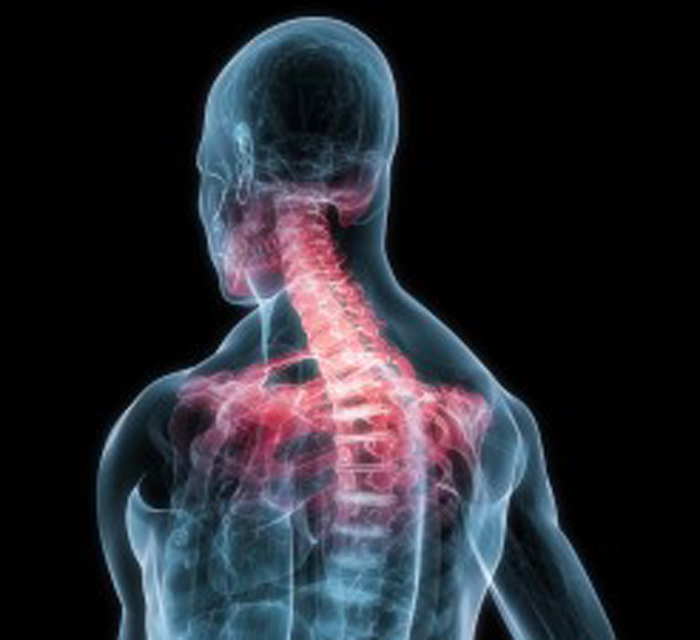Cerebral Metabolic Changes in Men After Chiropractic
Spinal Manipulation for Neck Pain
SOURCE: Altern Ther Health Med. 2011 (Nov); 17 (6): 12-17
Takeshi Ogura, DC, PhD; Manabu Tashiro, MD, PhD;
Mehedi Masud, MD, PhD; Shoichi Watanuki et. al
Division of Cyclotron Nuclear Medicine,
Tohoku University, Sendai, Japan.
Background: Chiropractic spinal manipulation (CSM) is an alternative treatment for back pain. The autonomic nervous system is often involved in spinal dysfunction. Although studies on the effects of CSM have been performed, no chiropractic study has examined regional cerebral metabolism using positron emission tomography (PET).
Objective: The aim of the present study was to investigate the effects of CSM on brain responses in terms of cerebral glucose metabolic changes measured by [18F]fluorodeoxyglucose positron emission tomography (FDG-PET).
Methods: Twelve male volunteers were recruited. Brain PET scanning was performed twice on each participant, at resting and after CSM. Questionnaires were used for subjective evaluations. A visual analogue scale (VAS) was rated by participants before and after chiropractic treatment, and muscle tone and salivary amylase were measured.
Results: Increased glucose metabolism was observed in the inferior prefrontal cortex, anterior cingulated cortex, and middle temporal gyrus, and decreased glucose metabolism was found in the cerebellar vermis and visual association cortex, in the treatment condition (P < .001). Comparisons of questionnaires indicated a lower stress level and better quality of life in the treatment condition. A significantly lower VAS was noted after CSM. Cervical muscle tone and salivary amylase were decreased after CSM.
Conclusion: The results of this study suggest that CSM affects regional cerebral glucose metabolism related to sympathetic relaxation and pain reduction.
There are more articles like this @ our:
From the FULL TEXT Article:
Chiropractic spinal manipulation (CSM) is an alternative treatment for ailments such as neck, back, and lower back pain. For >100 years, chiropractors have asserted that overall health can be improved through spinal manipulative therapy. [1-5] Research on CSM has been extensively performed worldwide, and its efficacy on musculo-skeletal symptoms has been well documented. The autonomic nervous system has been invoked in constructing mechanisms that account for the effect of spinal dysfunction. [6] Previous studies documented a potential relationship between the vertebral subluxation complex and the function of the autonomic nervous system. [1, 6-13] These studies mainly discussed the autonomic effects on cardiovascular function in relation to CSM. [9, 11-13] A recent study using heart rate variability analysis documented that chiropractic adjustment affects the autonomic nervous system. [13] However, literature search showed no study using positron emission tomography (PET) to examine regional cerebral metabolic changes related to autonomic responses resulting from CSM.
Read the rest of this Full Text article now!



Leave A Comment